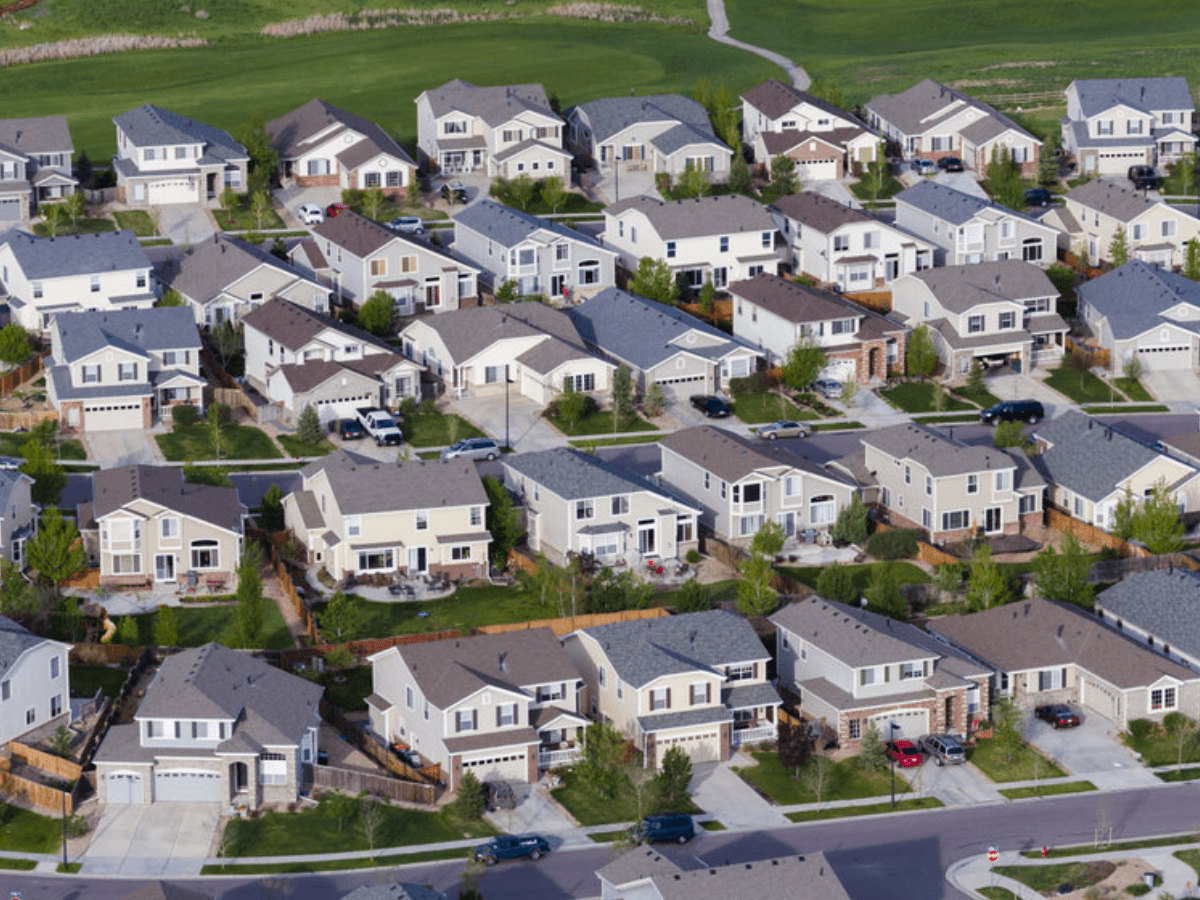
Where Home Prices Are Soaring and Falling the Most
Spring is usually the busiest season for homebuying. Yet this year the market is moving at two very different speeds. In parts of the Northeast and Midwest, buyers are still battling it out over limited listings, pushing home prices higher. Meanwhile, in parts of the South, homes are sitting longer, and prices are even sliding in some places.
What’s going on? It all comes down to supply, demand and where people are, or aren’t, moving.
The Hottest Markets
In cities like Bridgeport, Connecticut (+7.3%), Scranton, Pennsylvania (+6.9%) and Hartford, Connecticut (+6.6%), home prices are climbing fast. The reason is that there just aren’t enough houses to go around.
Many homeowners in those areas locked in ultra-low mortgage rates a few years ago and don’t want to sell now that rates are near 7%. That’s keeping supply tight. At the same time, builders haven’t been putting up as many new homes in these regions, in part because population growth has been slower.
As a consequence, buyers who are in the market are facing stiff competition. Open houses draw crowds, bidding wars are common, and sellers have the upper hand.
The Cooling South
Now take a look at Florida and Texas. Cities like Cape Coral (-7.5%), North Port (-6.8%) and Austin (-2.6%) are seeing prices drop. That’s a big change from the pandemic boom, when these areas were some of the hottest in the country.
During the pandemic, remote workers flocked to the South for cheaper living, warmer weather and more space. Builders rushed to meet demand, putting up new homes at a rapid pace. But now migration has slowed, mortgage rates have doubled, and some companies are calling workers back to the office.
All that new construction has left some markets with too many homes and not enough buyers. Sellers are being forced to cut prices. But even then, affordability is still a trouble for many.
Why Inventory Is Everything
The biggest factor shaping today’s housing market is supply.
- Low-supply markets (Northeast, Midwest): Prices keep rising.
- High-supply markets (parts of the South, West): Prices are flat or falling.
Nationally, the number of homes for sale is still 16% below pre-pandemic levels, according to Realtor.com. But in the South, inventory is up, way up in some places, and that’s putting pressure on sellers to lower prices or provide concessions like closing cost help.
Out West, the story is a little different. In California and other high-cost areas, two-thirds of homeowners have mortgage rates below 4%, meaning they’re in no hurry to sell.
But life happens. New jobs, divorces or growing families force some people to move, even if it means taking on a higher rate. As a result, inventory is slowly creeping up in these markets. And a telling sign is that sellers are offering more concessions. In Seattle, for example, 71% of sellers threw in perks like rate buydowns or repair credits in early 2024, up from just 36% a year earlier. That suggests buyers are gaining a little negotiating power, even in pricey markets.
What is Next?
Economists say this sluggish market isn’t going away anytime soon if mortgage rates stay high. Many would-be buyers are sitting on the sidelines, waiting for prices or rates to drop. But for those still in the game, where you’re shopping makes all the difference.
- Want a bargain? Look in Florida or Texas, where supply is high and prices are softening.
- Prepared to compete? The Northeast and Midwest are still tough markets with bidding wars and fast sales.
The U.S. housing market is no longer moving in unison. These days, it’s all about location, location, location.



